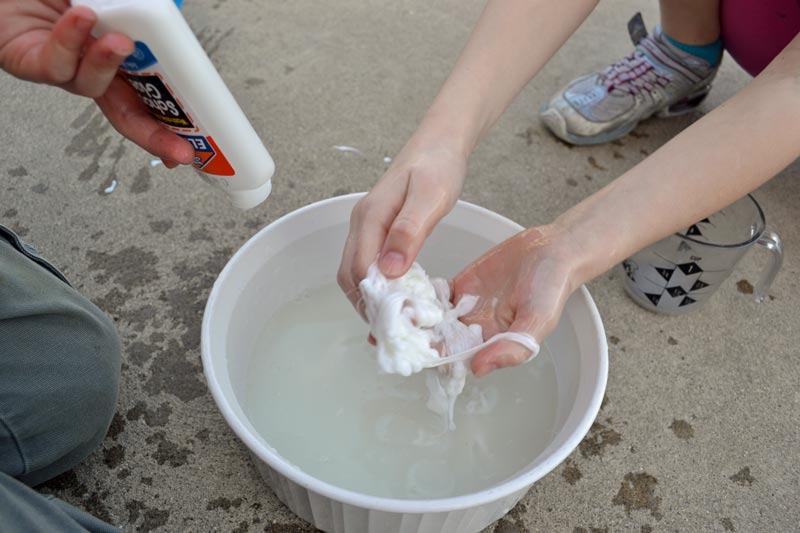
5
DifficultyThe Goo String Experiment - Teach Kids about Starch
Posted by Admin / in Chemistry Experiments
Kids love making slimy goo. This unique science project teaches kids about chemical bonds while letting them play with gooey slime.
Materials Needed
- A bowl
- Liquid starch
- Water
- Measuring cup
- School Glue
- Food coloring (optional)
- Spoon
EXPERIMENT STEPS
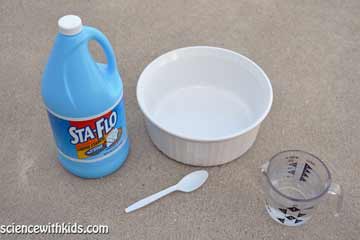
Step 1: Measure and pour 1 cup of water into a bowl.
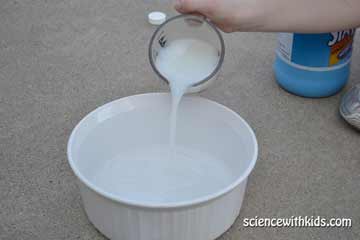
Step 2: Measure and pour in 2 cups of liquid starch into the water. Stir the mixture for a few minutes to make sure it is well mixed
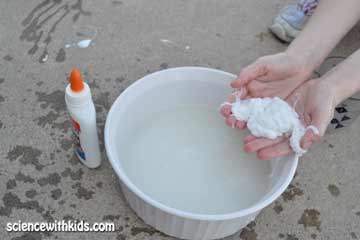
Step 3: Slowly pour a stream of school glue into the water/starch solution. Make the stream of glue as long as possible by pouring it slowly, but at a steady rate.

Step 4: Reach your hands into the water/starch/glue mixture. What do you feel?
Science Learned
The water and starch mixture creates a unique solution. When the glue is poured into the solution the suspended starches quickly attach to the string of glue. The result is a gooey string that is no longer sticky like glue, but has properties that are more rubbery and elastic.
Why?
Starch contains hundreds of thousands of tiny sugar molecules. In the case of starch, the sugar is not like sugar cubes or sugar granules used for cooking. The form of sugar is glucose. The glucose atoms bond together because of shared electrons in what is called a covalent bond. For starch, the covalent atom bonding is weak. When starch is suspended in water, the electron bonds do not form a solid shape. The water thickens, but remains a liquid. When the glue is introduced, the glucose atoms quickly attach to the glue creating a new material. The glue is no longer sticky. It expands slightly and forms a rubbery material that is stretchy, but can still easily break. This material is great for kids to experiment with because kids can easily feel the change in the chemistry of the glue. It would also be great material for a Halloween party since it feel very weird.
Scientists use natural and synthetic starches to make many products on the market today.
-
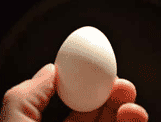
3
DifficultyEgg in Vinegar Experiment
Experiment with the chemical reaction between vinegar and an eggshell.
-
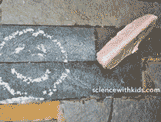
6
DifficultyMake Your Own Sidewalk Chalk
Learn about calcium carbonate while making your own sidewalk chalk.
-
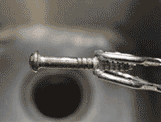
4
DifficultyCopper Plating Experiment
Experiment with copper ions by adding copper plating to an iron nail.
-
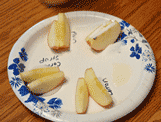
3
DifficultyAntioxidant Experiment
Use food to show kids different materials that are used to preserve food with this antioxidant experiment.
-
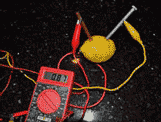
7
DifficultLemon Battery Experiment
in Energy & Electricity Experiments
Use either lemons or potatoes to generate electricity. This experiment is a great to teach kids about energy storage.
